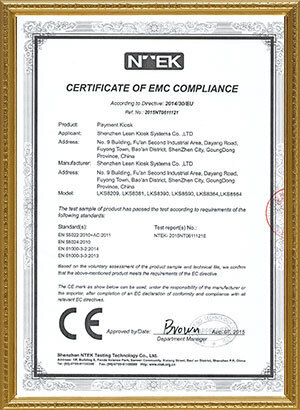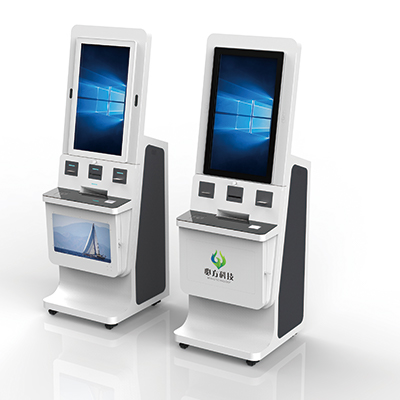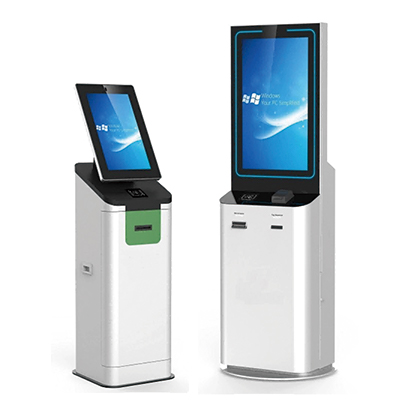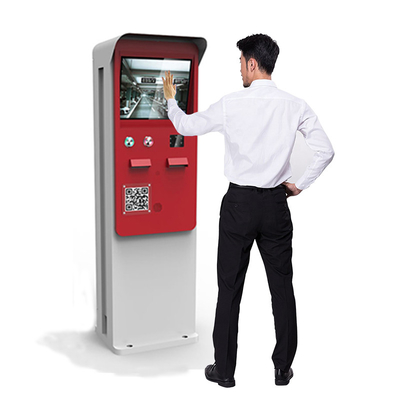






—— Bill from America
—— Jack from United Kingdom
—— James from Russia
—— Mike from America
—— James from Iran
—— James from America
Digital kiosks are interactive, stand-alone devices that offer a physical user interaction. These devices have become an integral part of various industries, including retail, hospitality, and healthcare. They enhance customer service, streamline operations, and provide businesses with a competitive edge.
Interactive self-service kiosks have both hardware and software components that must work together to provide a customer experience. On the hardware side, a kiosk consists of a touchscreen computer or, increasingly, a tablet secured in a physical enclosure designed to prevent tampering, damage, or theft.
Digital kiosks streamline interactions by providing a platform for information dissemination and service delivery. They eliminate the need for a physical presence at a specific location, making interactions more efficient and convenient for both businesses and customers.
The main purpose of digital signage kiosks is to attract customers and encourage them to engage with your business. This is why industries such as retail, hospitality and the corporate sector are implementing more and more of these freestanding kiosks.
Architecture of Kiosk Software
Both software parts can run from one device with high processing power (a kiosk unit, a Mac computer, etc.) or reside in two closely located devices: a client app installed on any (usually portable) device and a controller on a standalone mini PC (Raspberry Pi, Intel NUC, etc.).
Kiosk software is the system and user interface software designed for an interactive kiosk or Internet kiosk enclosing the system in a way that prevents user interaction and activities on the device outside the scope of execution of the software.
The first interactive kiosk was introduced in the 1970s at the University of Illinois. The plasma display panel and touchscreen interface, otherwise referred to as the 'Plato Hotline', was designed to dispense campus information and updates to students and staff.
What is the purpose of a digital kiosk?Digital kiosks streamline interactions by providing a platform for information dissemination and service delivery. They eliminate the need for a physical presence at a specific location, making interactions more efficient and convenient for both businesses and customers.
Address: No. 99-15, Fuan intelligent manufacturing Industrial Park, Dayang Road, Fuhai Street, Baoan District, Shenzhen, China













